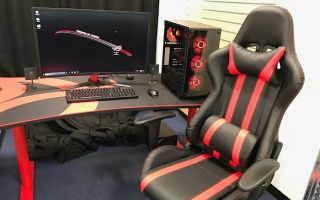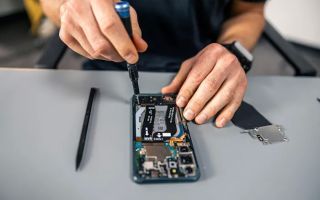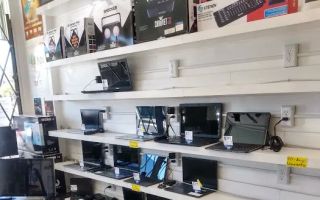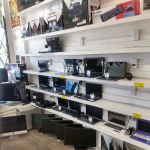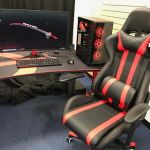- Why Change Boot Order for USB Devices?
- Accessing BIOS Settings
- Changing the Boot Order for USB Devices
- Common Issues and Troubleshooting
- Explore USB Boot Options with Ninja Stik
Why Change Boot Order for USB Devices?
Changing the boot order in BIOS allows you to prioritize booting from USB devices, which is essential for tasks like installing a new operating system, running diagnostics, or using a bootable recovery tool. Whether you're setting up a fresh installation of an OS or using a USB stick for troubleshooting, adjusting the boot sequence is a fundamental skill for any PC user.
Many modern PCs are configured to boot from the hard drive by default, but sometimes you may need to boot from a USB drive first. This could be necessary for installing a new OS, using a live Linux distribution, or running software that requires booting from a USB device.
Accessing BIOS Settings
Before you can change the boot order, you need to access your system's BIOS (Basic Input/Output System). BIOS is the firmware that initializes your computer hardware before loading your operating system. Here's how to access BIOS:
- Restart your PC: Begin by restarting your computer. As the computer starts up, you’ll need to press a specific key to enter the BIOS settings. The key to press is typically displayed on the screen as your computer starts, such as “Press F2 to enter Setup” or “Press DEL to enter BIOS”. Common keys are F2, F12, DEL, ESC, or F10.
- Press the BIOS entry key: As soon as your computer restarts, press the designated key to enter the BIOS. Timing is important, as you need to hit the key before the operating system begins loading.
- Navigate to Boot Options: Once inside the BIOS, use the arrow keys to navigate to the “Boot” or “Boot Order” menu. The exact name of this menu may vary depending on your computer’s manufacturer, but it is usually easy to find within the main BIOS setup screen.
Now that you’re in the BIOS, you’re ready to modify the boot order and set your USB device as the primary boot option.
Changing the Boot Order for USB Devices
Once you’ve accessed the BIOS and located the boot order settings, follow these steps to change the boot order for USB devices:
- Select the Boot Order Option: In the Boot or Boot Priority menu, you will see a list of available boot devices, including your hard drive, optical drive, USB devices, and network boot options.
- Move USB to the Top: Highlight the USB device option using the arrow keys and use the designated key (usually F5 or F6) to move it to the top of the boot order list. This ensures that the system will try to boot from the USB device first before any other device.
- Save and Exit: After you have adjusted the boot order, save your changes by following the on-screen instructions (typically F10 to save and exit). Confirm the save when prompted, and the system will restart with the new boot order in effect.
Once these changes are made, your PC will boot from the USB device first when it is plugged in and contains bootable media.
Common Issues and Troubleshooting
While changing the boot order is relatively straightforward, there are a few common issues that may arise. Here’s how to troubleshoot some common problems:
- USB Device Not Detected: If your USB device is not showing up in the boot menu, ensure that it is properly connected and contains bootable media. If necessary, try using a different USB port, preferably a USB 2.0 port rather than USB 3.0.
- Boot Menu Doesn't Appear: If pressing the BIOS entry key doesn’t bring up the menu, ensure you're pressing the correct key and timing it properly during startup. You can also check your motherboard’s documentation for the correct key.
- USB Doesn't Boot: If your USB device is set as the first boot option but the system doesn’t boot from it, check that the USB device is bootable. You may need to reformat the USB drive and recreate the bootable media.
Most issues can be solved with simple adjustments. However, if you continue to have trouble, consider consulting your device's manual or seeking help from a professional technician.
Explore USB Boot Options with Ninja Stik
If you want to make the most of booting from USB devices, consider exploring Ninja Stik. Ninja Stik provides advanced options for creating bootable USB devices for various operating systems and utilities. Their products allow for easy creation of bootable media and offer enhanced reliability for booting systems directly from USB drives.
Click the link above to discover more about Ninja Stik and take your USB booting experience to the next level.


